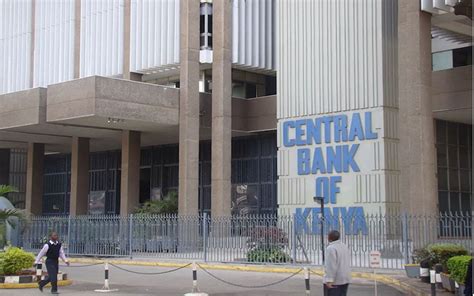The Central Bank of Kenya (CBK) has set the stage for a financial revolution by giving all commercial banks 18 months to be transparent about the impact of their investments on the environment. This move aims to tackle greenwashing, a practice where organizations falsely present themselves as eco-friendly.
The Birth of Change
In an effort to align with global sustainability standards, CBK introduced the Kenya Green Finance Taxonomy (KGFT). This system defines what constitutes “green” based on both local and international climate guidelines. By requiring lenders to unveil their exposure to climate-related risks, including ventures contributing to high greenhouse gas emissions, CBK is paving the way for a greener banking sector.
A New Era of Responsibility
The essence of this initiative is to steer financial resources away from industries that harm the environment towards those supporting low-carbon initiatives. Through this transition period, scheduled over 18 months, banks will have time to enhance their internal capabilities and incorporate climate considerations into their risk assessment processes.
Expert analyst Dr. Greenberg praised CBK’s taxonomy as a significant step toward integrating environmental factors into traditional finance models. “This move signifies a fundamental shift in perceiving climate risk not simply as an ethical concern but as a critical financial factor,” he stated.
Redefining Financial Language
With the introduction of KGFT, CBK seeks to standardize terminology within the banking landscape concerning eco-friendly investments. The goal is clear: distinguish genuine environmentally conscious projects from those merely using trendy jargon without substantial backing.
As markets worldwide express skepticism towards ambiguous environmental claims, such as those associated with ESG-labeled products, CBK’s directive could be viewed as a beacon illuminating transparency and accountability in banking practices.
Preparing for Tomorrow
While some sectors like oil and gas might face reduced funding opportunities due to these regulations, banks embracing sustainable practices stand poised to attract socially responsible investors and tap into the burgeoning market for green financing instruments like bonds tailored for eco-friendly initiatives.
Industry experts anticipate that this transitional phase will foster constructive dialogue between CBK and local banks before implementing mandatory guidelines by late 2026. This collaborative approach underscores CBK’s commitment not just to impose requirements but also support institutions in navigating these new pathways towards environmental responsibility.

